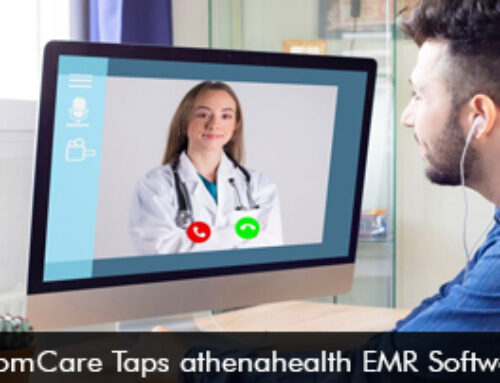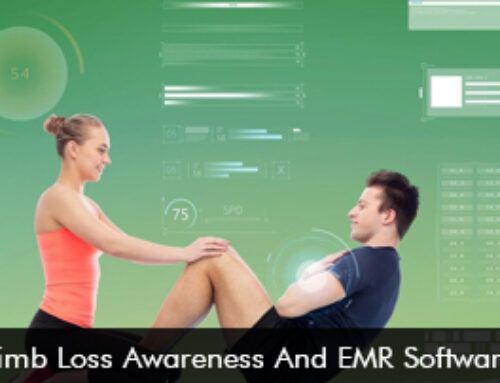Healthcare interoperability is really important for medical practices of all sizes. It has been observed that many practices are still using Fax as their primary method of sharing patient data. This is a major problem and solving it would improve care and lower costs.
Strangely, every healthcare organization in the US already supports it,but very few are aware of its downsides. Here we will discuss some of the disadvantages of the Fax and why medical practices should come out of their comfort zone and start taking interoperability seriously.
The first disadvantage is that faxes have to be sorted manually and then assigned to a patient. Since it not an automatic process, you need to hire someone to sort them out and this increases costs and the danger of error.
Many people working in medical records, complain about how hard it is to make sure they’re attaching a fax to the right patient. It is a real challenge and faxes frequently get attached to the wrong patient.
Second, with faxes readability can really be a problem as they are often of low quality. Granted, they’ve improved as people have started faxing printed reports, but they can still be quite illegible.
Another issue with faxes is that they are paper-based and use up a lot of it. Although there are other forms of secure electronic fax available in the market, but many practices still print faxes on paper and then scan them in order to attach them into their EMR.
Also faxing is not that secure. There are no proper organizations that are tracking the recipients of faxes at various healthcare organizations and they can easily be hacked. Furthermore, there aren’t any restricted permissions on who can and can’t view at the faxes.
Since faxes don’t provide any granular data it’s often hard to identify the right patient for the fax. It also becomes problematic when we start conducting predictive analytics and other population health efforts requiring granular health data on people. Even when once can use NLP (Natural Language Processing) and OCR (Optical Character Recognition) to retrieve details from these unstructured faxes, but that can never be as good as granular data as it’s never that precise.
The reason that such legacy technologies as faxes are still very popular is mainly because they are very easy to use. You don’t have to train people to use them and many old doctors are simply too used to them. Understanding why faxes have been still so popular can help us understand what kind of solutions are needed in the market.







